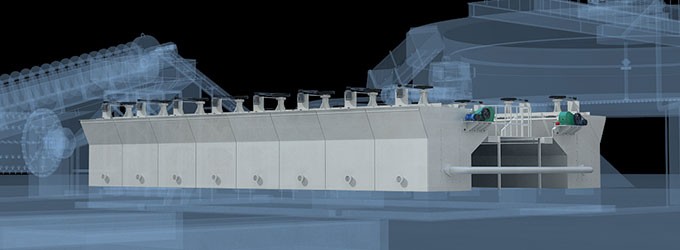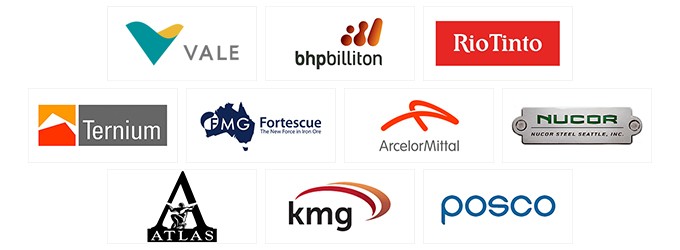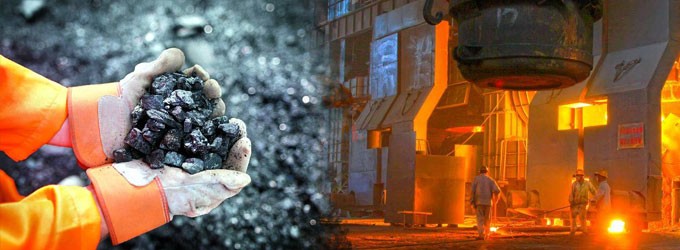South Africa, rich in iron ore, is the largest iron ore resource country in Africa. Iron, as the basic raw material for the iron and steel industry, is widely used in every sector of the national economy and people's daily life.
South African iron ore resources
South Africa, whose iron ore reserves rank seventh in the world, has the largest iron ore resources in Africa of more than 2 billion tons, mostly hard hematite.
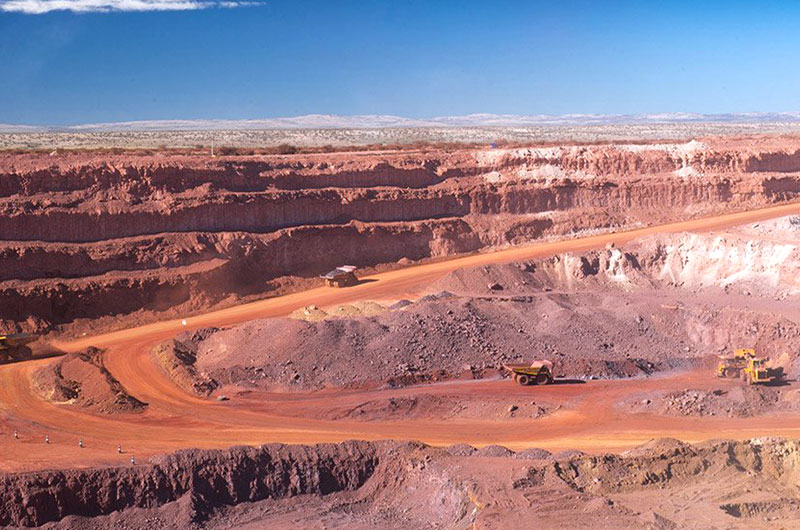
Open pit mining in South Africa
South Africa is an important lump ore exporter in the world with a high output rate of rich and lump iron ores. South African lump ore, which is known for its high iron grade (66%), few impurities as well as good physical and metallurgical properties, is an excellent feeding material to be directly put into blast furnaces.
South Africa's fine ore, with a high iron grade (65%) and coarser grain, can be mixed with fine concentrate. In addition, with the characteristics of low water content (less than 2%) and frost resistance, it is suitable to be used in cold regions.
Uses of iron ore
Iron ore is mainly used to smelt pig iron (generally more than 2% carbon content) and steel (less than 2% carbon content) for the iron and steel industry.
The steel industry is one of South Africa's pillar industries, accounting for 16% of its GDP. There are 190,000 employees in iron and steel smelting and steel manufacturing.
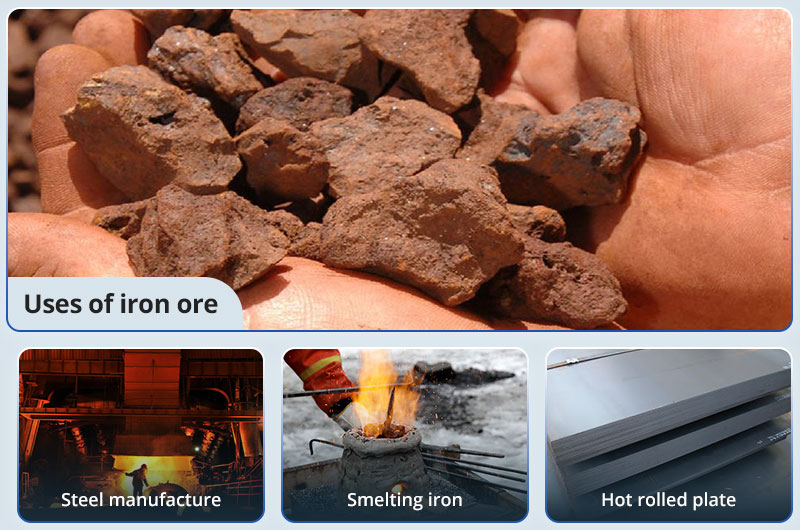
Uses of iron ore including steel manufacture, smelting iron, etc.
Crude steel is made into various terminal steels after rolling, mainly including rebars, wire rods, hot-rolled coils (HRC), pipes, etc.
Long products such as rebars and wires are used in the construction industry. The rebar is mainly used in building, bridge, highway, railway and other civil engineering construction. The wire is used as reinforcement and welding structural parts, drawing materials, etc.
HRC and other flat products are widely used in the manufacture of ships, automobiles, bridges, buildings, machinery, pressure vessels and so on.
Pipes such as seamless steel pipes and welded pipes are mostly used for pipelines for conveying fluids or structural parts.
How is steel made — from iron ore to steel?
Iron ore mining
Transportation and loading
Open the transportation path from the mining industry area to the working bench in the iron ore quarry, and to the waste rock yard.
Mining
The mountain to be mined should be stripped of surface overburden, weathered layer, interlayer, surrounding rock and part of broken ore without mining value. The basic processes of mining are separation, segmentation and shaping.
Coarse crushing — jaw crusher Yes, I am interested!
The jaw crusher is the most traditional, stable and reliable coarse crushing equipment. It is suitable for iron ore crushing.
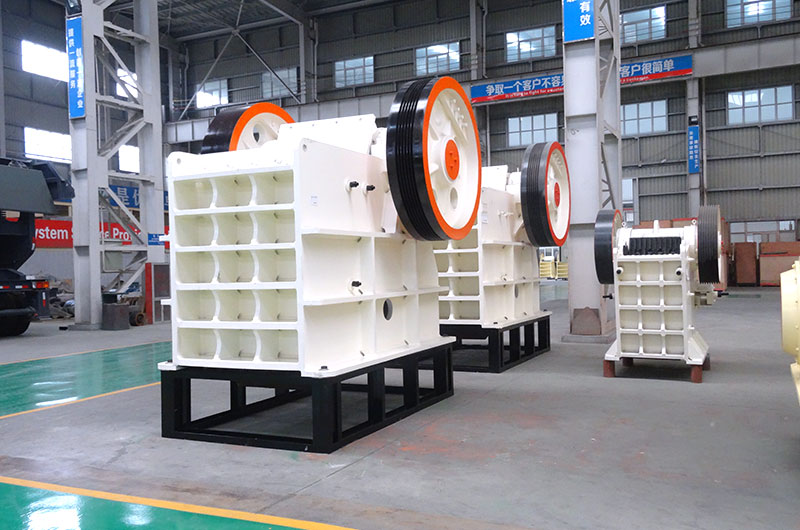
Jaw crusher for coarse crushing
Jaw crushers have significant advantages for raw iron ore, a kind of difficult-to-crush material, such as simple structure, reliable operation, low operating cost, etc.
The bulk of raw iron ore, which reaches about 500 mm, can be crushed by the jaw crusher machine to 10-400 mm and then be sent to the next stage of crushing.
Secondary crushing — cone crusher Yes, I am interested!
Because of the hardness of the iron ore (about 6.5 on the Mohs scale, which is harder than limestone and granite), it has higher requirements on the performance of the equipment.
The cone crusher has long-life wear-resistant parts, large output and fine crushing particle size, therefore, the iron ore dressing field generally chooses the cone crusher as the secondary iron ore crushing equipment.
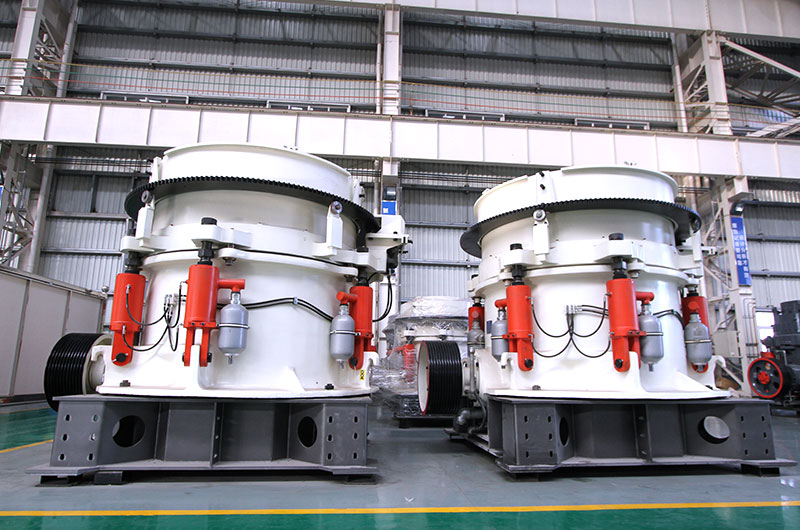
Cone crusher for secondary iron ore crushing
Unique advantages of cone crushers:
High efficiency due to lamination crushing
The upper and lower ends of the main shaft of the iron ore cone crusher are supported, which can withstand greater crushing force and stroke.
Coupled with the special crushing cavity shape adapted to the lamination principle, the machine has a higher crushing efficiency and processing capacity to meet the needs of different iron ore products.
High-quality finished product
The special crushing cavity and lamination crushing principle are adopted, so that the proportion of the cube in the finished product is significantly increased, the elongated and flaky particle is reduced, and the grain size is more uniform.
Strong intelligent technology
The cone crusher adopts the automatic control system, and has the function of automatic cavity cleaning which can ensure the whole equipment run for a long time in the harsh ore crushing environment to meet various application conditions.
If you have sufficient funds, you can also choose a hydraulic cone crusher, whose hydraulic device can play the protective role better. When the machine suddenly halts, it can hydraulically lift the top and discharge the material automatically, which greatly reduces the trouble of stopping the machine for manual discharge.
The crushed materials are transported to the vibrating screen for screening.
- The materials that meet the requirements of the finished product size are transported to the finished product pile by the belt conveyor.
- Materials that do not meet the requirements are returned from the vibrating screen to the cone crusher for further processing, forming a closed loop.
The granularity of the finished product can be combined and classified according to the needs of users.
Ironmaking in the blast furnace
Most of the iron ore in South Africa has a relatively high grade (above 50%), so after crushing, it can directly be smelted without gravity separation, magnetic separation and other mineral processing processes.
The smelting is carried out in a blast furnace. The blast furnace has a cylindrical shell made of steel and is lined with refractory materials such as refractory bricks. The height of a large blast furnace can reach more than 100 m.
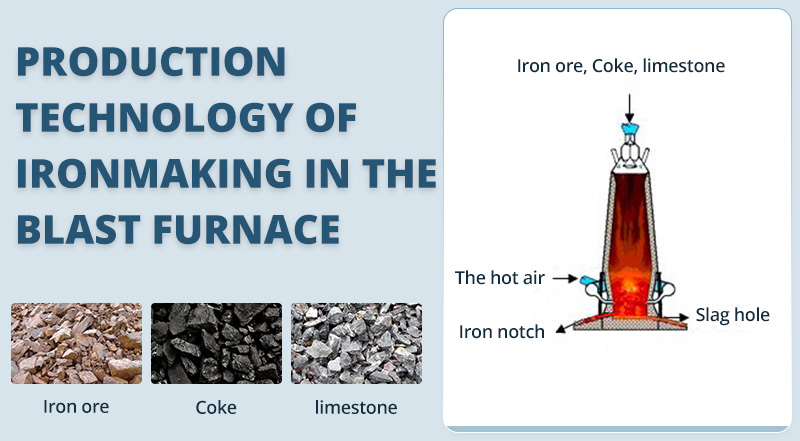
Ironmaking in the blast furnace
The raw materials used for smelting in blast furnaces mainly consist of iron ore, fuel (coke) and flux (limestone). Usually, smelting 1 ton of pig iron requires a total of 2-3 tons of raw materials including 1.5-2.0 tons of iron ore, 0.4-0.6 tons of coke and 0.2-0.4 tons of flux.
Charging: Put raw materials including iron ore, coke and limestone into the blast furnace in a certain proportion from the top of the furnace, and blow hot air (1000~1300℃) from the bottom of the blast furnace into the tuyere.
Iron smelting: At high temperatures, the carbon in the coke and the carbon monoxide generated by carbon combustion will seize the oxygen in the iron ore to produce iron (3CO + Fe2O3 →2Fe + 3CO2), and the molten iron is released from the bottom of the furnace.
Slag discharging: Gangue in iron ore, coke and slag combined with ash and limestone are discharged from the iron outlet and slag outlet respectively.
The gas is out from the top of the furnace and used as industrial gas after dust removal.
Steelmaking in converter
The iron smelted from the blast furnace, which is called pig iron, contains a small number of impurities and is not pure. Pig iron is hard and brittle, so it cannot be used directly.
Therefore, it needs to be transported to the converter for oxygen blowing and smelting, or to the electric furnace to react with scrap steel, and be smelted into steel through a steelmaking process.
After the steelmaking process is completed, the molten steel flows into the casting mold to be made into steel ingots or is sent to the continuous casting and rolling process to be rolled into rebar, wire, hot-rolled coil, pipe and other plates or steel bars.
Iron ore price
With the current pace of Covid-19 vaccination accelerating, the bullish sentiment has been exacerbated by the prospect of a strong economic recovery, which in turn will further stimulate demand for iron ore, the raw material for steelmaking.
Therefore, iron ore is a profitable investment project.
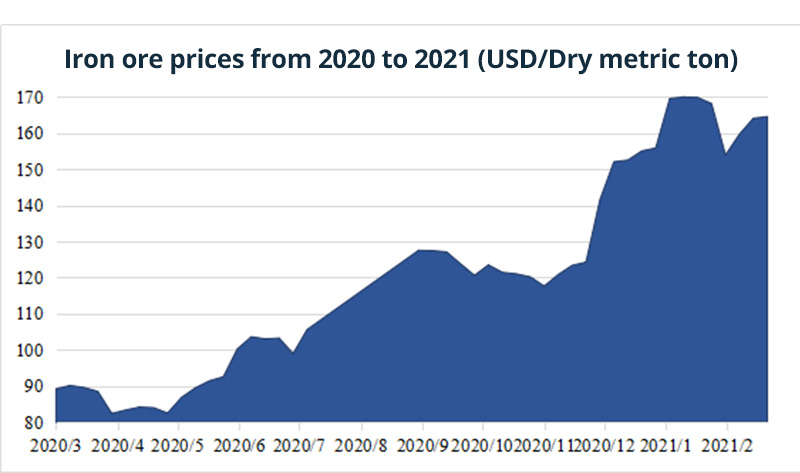
Iron ore price from 2020 to 2021
Analysis of iron ore demand in South Africa
Policy support of South African government
South Africa's Department of Trade and Industry (DTI) believes that steel is "the most important input to the manufacturing industry so far", so supporting the downstream steel industry is a priority for the government.
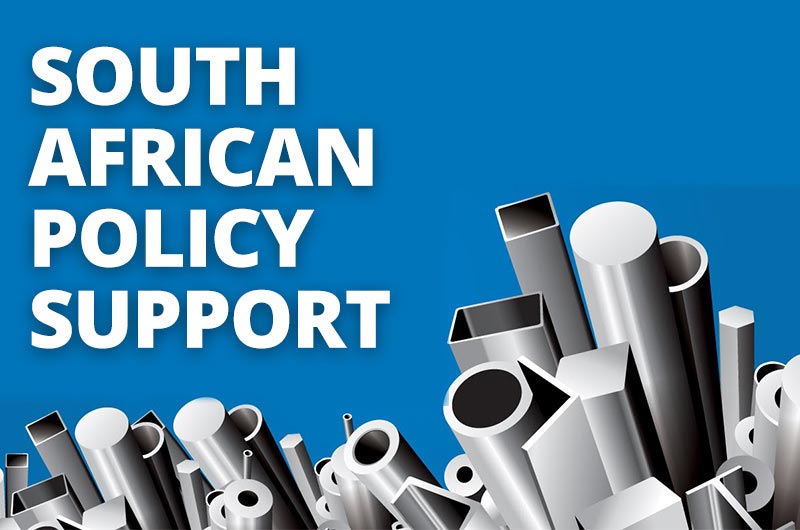
Policy support of South African government
In order to prevent steel products of other countries from flooding into the domestic market, the South African government implemented trade protection policies and constantly raised tariffs on imported steel products.
Additional protection measures for domestic HRC are also studied. The safeguard tariffs on hot-rolled coil products, which was due to expire on August 10, 2000, will remain in place for another year, until August 2021.
Infrastructure projects are in the ascendant.
South Africa has the highest level of infrastructure in Africa. Since the World Cup was held in 2010, the South African government has accelerated the construction of infrastructures such as power stations, railways and dams.
It has increased planning investment in commercial logistics, stadiums, underground projects and road construction, and improved the living conditions of citizens. This will also drive the demand for construction steel.
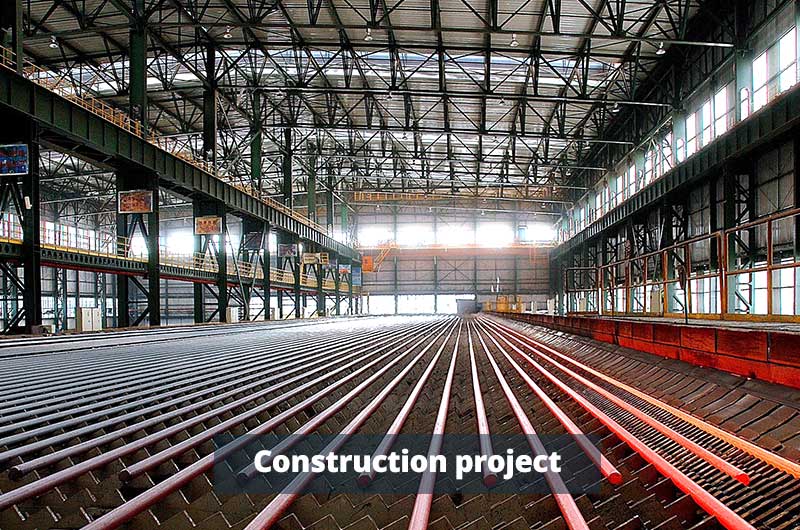
Infrastructure projects are in the ascendant in South Africa
The South African government, in conjunction with construction companies, plans to create large-scale residential projects and leisure resorts in areas with better socio-economic conditions. About $35 billion will be invested in infrastructure projects in South Africa over the next 5 to 10 years.
The auto industry leads the steel demand.
Among the downstream steel demand industries in South Africa, the automotive industry has a greater demand for steel.
Since 2013, the DTI of South Africa has officially implemented the Auto Production and Development Program (ADDP), which has selected the automobile industry as the focus of development, providing subsidies to R&D enterprises, reducing tariffs on imported cars periodically, and carrying out a tax exemption for imported spare parts needed for automobile production.
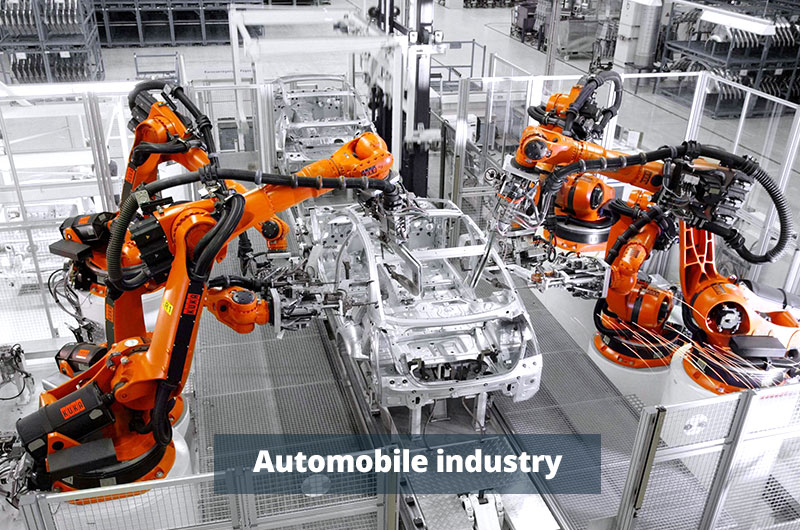
The auto industry leads the steel demand
Based on previous efforts, South Africa's total automobile production on the African continent currently accounts for 64%, and its automobiles are exported to 148 countries around the world.
However, its share in the global market is only 0.68%, so there is still a lot of room for improvement. Therefore, there is still potential for steel demand.
China's iron ore demand growth
Since the beginning of 2021, the price of iron ore has continued to rise, which is largely attributed to rising industrial demand in China.
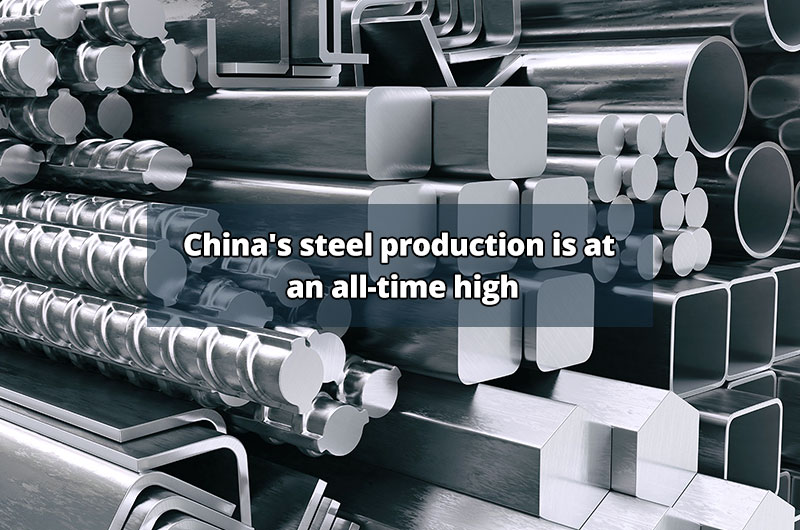
China's iron ore demand growth
Last year, China produced 1.05 billion tons of steel, breaking the 1 billion mark for the first time. The amount of steel forged in China exceeds that of the rest of the world, which is a record high.
With China becoming the world's largest iron ore user, South Africa has further benefited from the country's supply, especially since Brazil's production has not yet fully recovered from the tailings dam disaster.
Conclusion
South Africa's steel market is promising, so the demand for iron ore will grow. Early investment in iron ore means early access to the future market.
Fote provides a variety of iron ore crushing equipment, including jaw crushers, cone crushers, hydraulic cone crushers, etc., to meet the needs of each customer. We have rich project experiences in South Africa, welcome to contact us.


